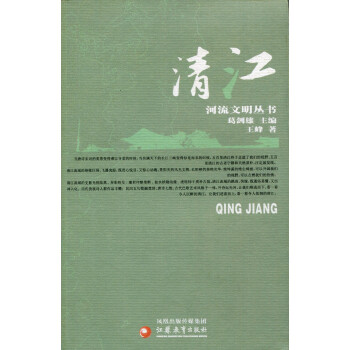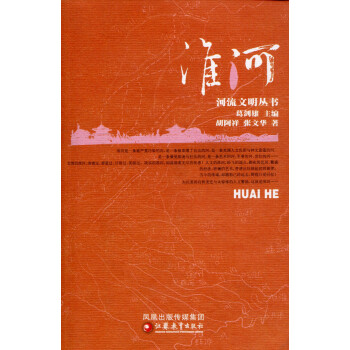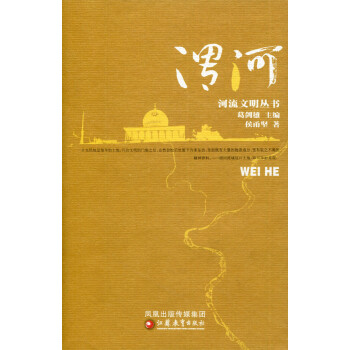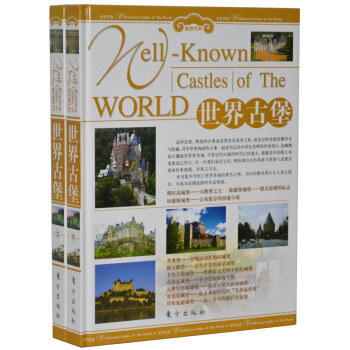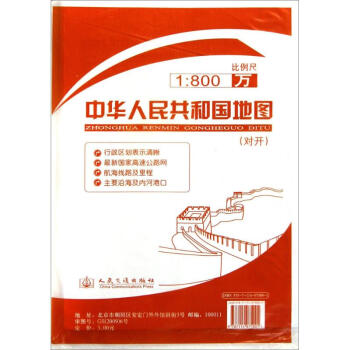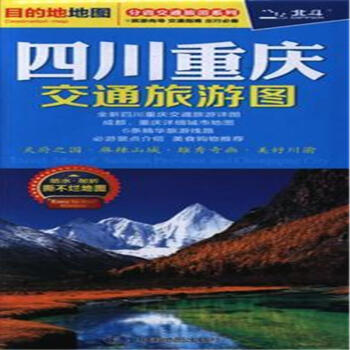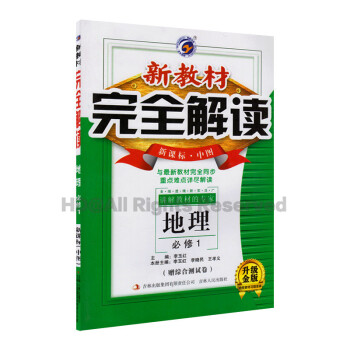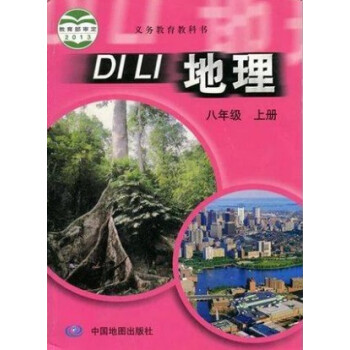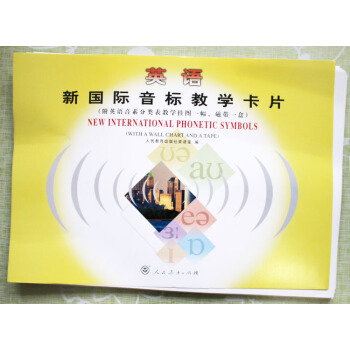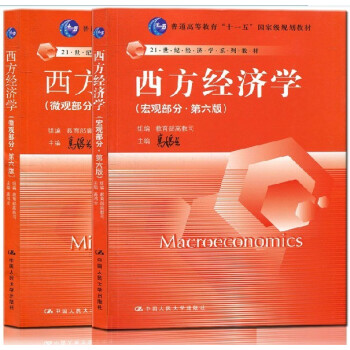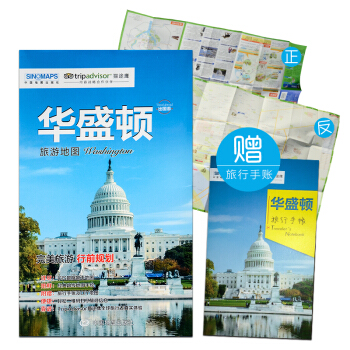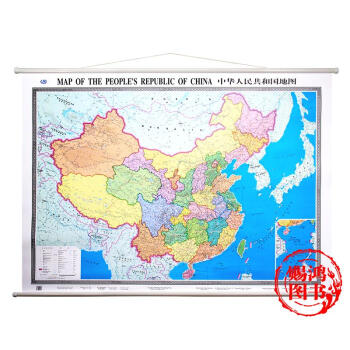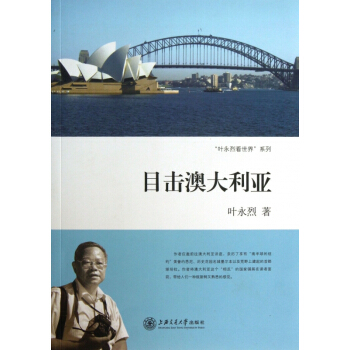具体描述
Yangtze River Tributaries and Their Civilizations: A Deep Dive into the Qingjiang Valley This volume, part of the esteemed "ZC Rivers and Civilizations Series," edited by the renowned historian Professor Ge Zuxue and authored by the insightful scholar Wang Feng, embarks on a comprehensive exploration of the Qingjiang River, a vital artery of the Yangtze River basin, and the rich tapestry of civilizations that have flourished along its banks. Far from being a mere geographical survey, this book delves into the intricate interplay between the river’s dynamic hydrology, its ecological environment, and the emergent human societies, charting their development from ancient origins to their modern manifestations. The Qingjiang, a significant southern tributary of the Yangtze, boasts a history deeply intertwined with the very genesis of Chinese civilization. Its fertile valleys and abundant water resources have, for millennia, provided the bedrock for agricultural prosperity, allowing for settled life and the development of complex social structures. This book meticulously reconstructs the environmental context of the Qingjiang basin, examining its geological formations, the patterns of its floods and droughts, and the diverse flora and fauna that characterized its ecosystems through the ages. Understanding this natural setting is paramount to appreciating the challenges and opportunities it presented to its human inhabitants. The narrative begins by tracing the earliest human settlements in the region, drawing upon archaeological evidence and historical texts to illuminate the lives of the proto-civilizations that emerged. It explores the subsistence strategies of these early communities, their tool-making technologies, and their nascent forms of social organization. The book then moves to the formative periods of Chinese history, examining how the Qingjiang basin was integrated into the evolving political and cultural landscapes of the Shang, Zhou, Qin, and Han dynasties. It investigates the administrative structures imposed by these empires, the agricultural innovations that spurred population growth, and the development of trade networks that connected the region to broader economic currents. A particularly significant aspect of the book is its in-depth analysis of the cultural evolution within the Qingjiang valley. It highlights the unique cultural traits that developed in this specific geographical context, distinct yet contributing to the broader panorama of Chinese culture. This includes an examination of the religious beliefs, artistic expressions, and philosophical ideas that took root and evolved along the river. The author pays close attention to the development of local customs and traditions, demonstrating how the river itself, with its cycles of renewal and its perceived power, often became a central element in the spiritual and cultural life of the people. The book also addresses the significant impact of major historical events on the Qingjiang civilization. Wars, famines, and periods of political upheaval are analyzed not just as disruptive forces but as catalysts for change, prompting migration, the adoption of new technologies, and the reshaping of social hierarchies. The author skillfully illustrates how the resilience of the people and their ability to adapt to changing circumstances were instrumental in the continued development of the civilization. Furthermore, the book delves into the economic history of the Qingjiang basin. It explores the evolution of its agricultural practices, from early subsistence farming to more sophisticated methods that supported larger populations and specialized production. The development of crafts and industries, such as pottery, textiles, and metallurgy, is meticulously documented. The role of the Qingjiang River as a vital transportation route for trade, facilitating the exchange of goods and ideas with other regions, is a recurring theme. The book examines the rise and fall of various market towns and commercial centers that dotted the riverbanks, underscoring the economic significance of this waterway. The demographic history of the region is also a crucial element. The book analyzes population trends, migration patterns, and the impact of social policies and natural disasters on the size and composition of the population. It explores how the availability of resources, particularly arable land and water, shaped settlement patterns and contributed to the growth or decline of communities. A notable strength of this volume is its detailed examination of specific historical periods and developments within the Qingjiang valley. For instance, the book might dedicate significant attention to the economic and social transformations during the Song Dynasty, a period often characterized by commercial revolution and technological advancement. It would explore how these broader trends manifested in the Qingjiang region, perhaps through increased agricultural output, the growth of riverine trade, or the development of new manufacturing techniques. Similarly, the book would likely scrutinize the impact of dynastic shifts and periods of division on the local governance, social order, and cultural life. The author’s meticulous research is evident in the comprehensive use of primary sources, including archaeological reports, local gazetteers, official histories, and anecdotal records. This allows for a nuanced and detailed portrayal of the past, avoiding generalizations and providing specific examples to support its arguments. The book is not simply a chronological account but an analytical study that seeks to understand the underlying forces that shaped the Qingjiang civilization. Moreover, the book also considers the challenges and adaptations faced by the people of the Qingjiang basin in their relationship with the river. This includes their efforts to control floods, manage water resources for irrigation, and navigate the river for transportation. The development of sophisticated engineering techniques, such as dike construction and canal building, would be discussed in this context, highlighting human ingenuity in harnessing and mitigating the power of nature. The latter part of the book likely extends its analysis into the more recent past, examining the impact of modernization, industrialization, and global forces on the Qingjiang civilization. It would discuss the challenges posed by environmental degradation, the transformation of traditional livelihoods, and the efforts to preserve cultural heritage in the face of rapid change. The book concludes by offering reflections on the enduring legacy of the Qingjiang civilization and its continued relevance in contemporary China. In essence, "ZC Rivers and Civilizations Series: Qingjiang" by Wang Feng, under the esteemed editorship of Professor Ge Zuxue, offers a definitive and multifaceted account of the Qingjiang River’s profound influence on human history and culture. It is a scholarly work that will appeal to historians, archaeologists, geographers, and anyone interested in the deep roots of Chinese civilization, providing a rich and detailed portrait of a vital yet often underappreciated region. The book stands as a testament to the enduring power of rivers to shape not only landscapes but also the very essence of human societies.
